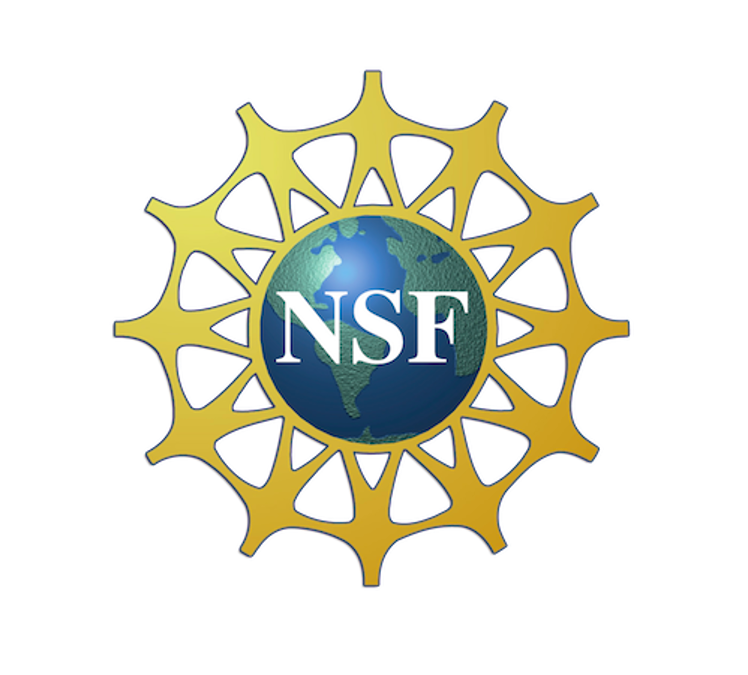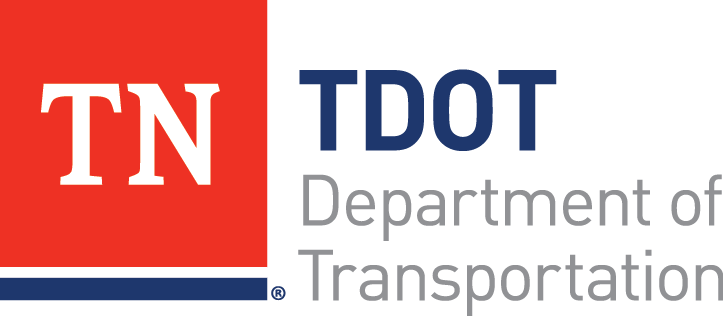StatResp – A group for investigating statistical methods in emergency response management
Emergency response management (ERM) is a critical problem faced by communities across the globe. First-responders are constrained by limited resources, and must attend to different types of incidents like traffic accidents, fires, and distress calls. In prior art, as well as practice, incident forecasting and response are typically siloed by category and department, reducing effectiveness of prediction and precluding efficient coordination of resources. Further, most of these approaches are offline and fail to capture the dynamically changing environments under which critical emergency response occurs. As a consequence, statistical and algorithmic approaches to emergency response have received significant attention in the last few decades. Governments in urban areas are increasingly adopting methods that enable Smart Statistical Emergency Response, which are a combination of forecasting models and visualization tools to understand where and when incidents occur, and optimization approaches to allocate and dispatch responders. Please refer to a preprint of our survey paper for more information.
We are building ‘StatResp’ – an open-source integrated tool-chain to aid first responders understand where and when incidents occur, and how to allocate responders in anticipation of incidents. The historical analysis module of the toolchain is available as a public data dashboard at nashville.statresp.ai and tn.statresp.ai.
Background
Our work in ERM has spanned the last six years. This project was started by a collaboration between the Smart and Resilient Computing for Physical Environments Lab (SCOPE) and the Computational Economics Research Lab (CERL) at Vanderbilt University, and is currently developed jointly by the Stanford Intelligent Systems Lab (SISL) at Stanford and the SCOPE Lab. We are thankful to the Center of Automotive Research at Stanford (CARS), the National Science Foundation (NSF), and Tennessee Department of Transportation (TDOT) for sponsoring the project. We have had the fortune of collaborating with the Tennessee Department of Transportation (TDOT), the Nashville Fire Department (MNPD) and Chattanooga City during this project. Currently, this open-source repository is a collection of forecasting, planning, and operationalization tools. We also collaborate actively with Hemant Purohit from George Mason University to model the dynamics of crowd sourced incident data and use it in the resource allocation models. A key component of this work is a set of open source forecasting, clustering and visualization tools to aid first responders better understand the dynamics of spatial-temporal incident occurrence.
Our research has been showcased at multiple global smart city summits, won an innovation from the government technology magazine, covered in the Financial Times, and won the best paper award at ICLR’s AI for Social Good Workshop. Our broader approach can be understood from checking the Research page, or through the overview paper. An early prototype of our tool is available at the following link.
Updates
- Our paper "Practitioner-Centric Approach for Early Incident Detection Using Crowdsourced Data for Emergency Services", in collaboration with George Mason University, has been accepted at ICDM 2021. See the paper here.
- Ayan and Sayyed gave a tutorial on multi-agent emergency response systems at the SmartComp 2021 Conference. The videos of the talk are available on youtube.
- Ayan has received Google AI's Impact Scholar Award for Social Good. He will work to improve healthcare access in Nigeria.
- A preprint of our work on improving transmission grid resilience in response to wildfire is now available on Arxiv. See the paper here.
- Our work on learning incident prediction models from sparse data for emergency response has been accepted to IEEE SmartComp 2021. See the paper here.
- We gave a talk at the AAAI Fall Symposium on AI for Social Good about challenges in designing emergency response pipelines. See the talk here here.
- Our work on creating emergency incident detection from crowdsourced waze data using bayesian information fusion has been acepted to the IEEE/WIC/ACM International Joint Conference On Web Intelligence And Intelligent Agent Technology.
- Our work on creating designing principled emergency response pipelines has been acepted to the AAAI Fall Symposium Series Workshop in AI for Social Good.
- Ayan gave a tutorial on Smart Emergency Response at the NSF Computational Sustainability Doctorial Symposium 2020 on October 18. See the talk here
- Ayan gave a talk at the Utah Center for Data Science's Summer Seminar Series on the 19th of June about robust machine learning models and smart emergency response. See the poster here, and listen to the talk here
- A pre-print of our survey paper on how AI can be used to aid Emergency Response in smart cities is out and feedback would be appreciated.
- Our work on robust spatial-temporal incident prediction was accepted at the 36th Conference on Uncertainty in Artificial Intelligence (UAI 2020).
- We are creating Stat Resp, an integrated open-source toolchain of statistical methods to aid emergency response.
ParticipantsFunding Agencies 


Funding Agencies 








